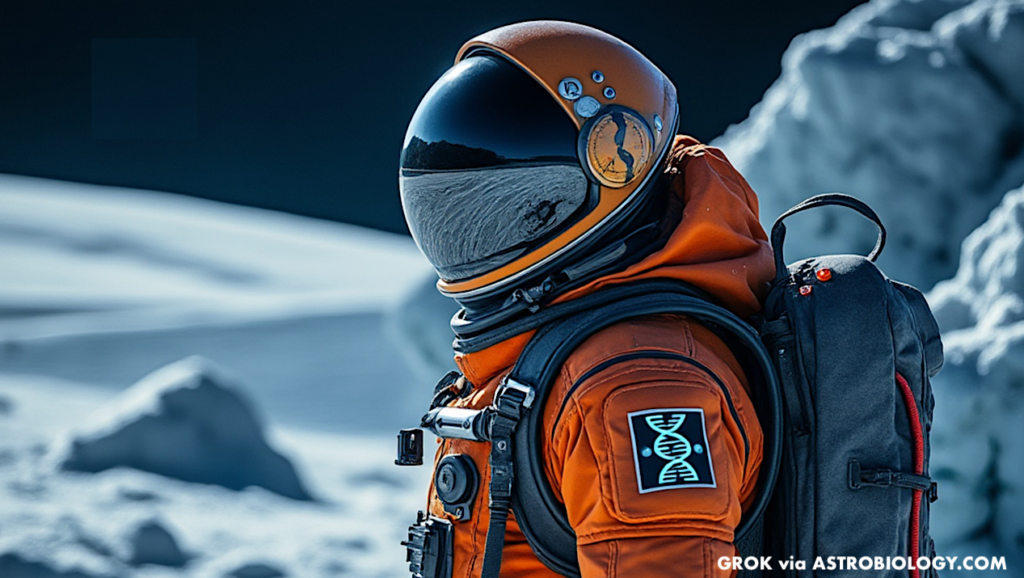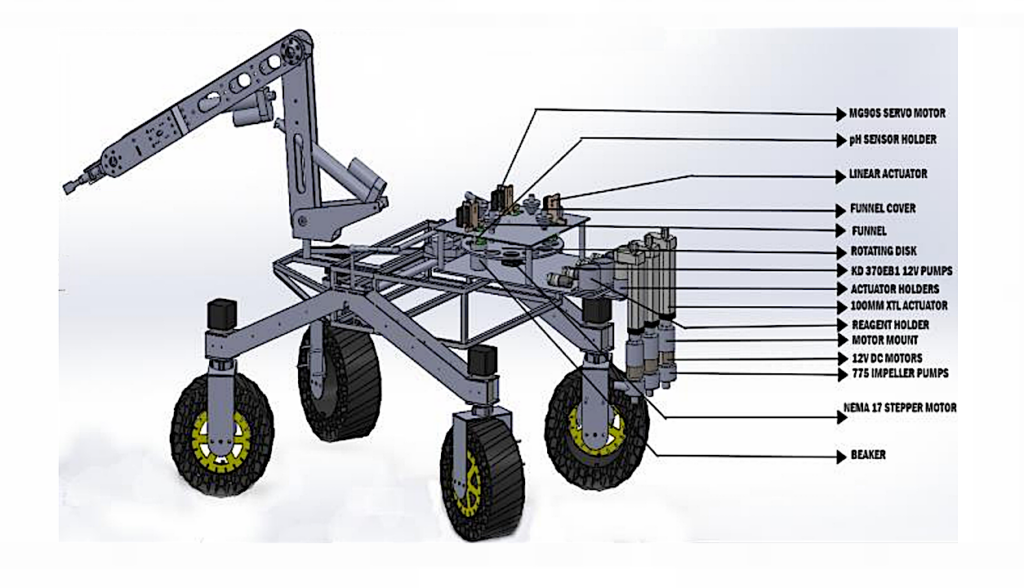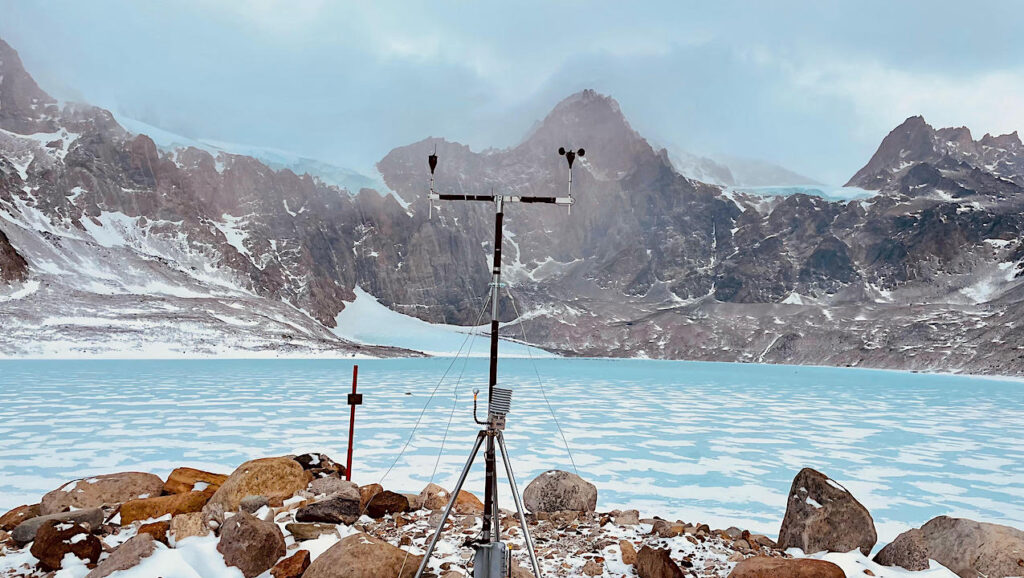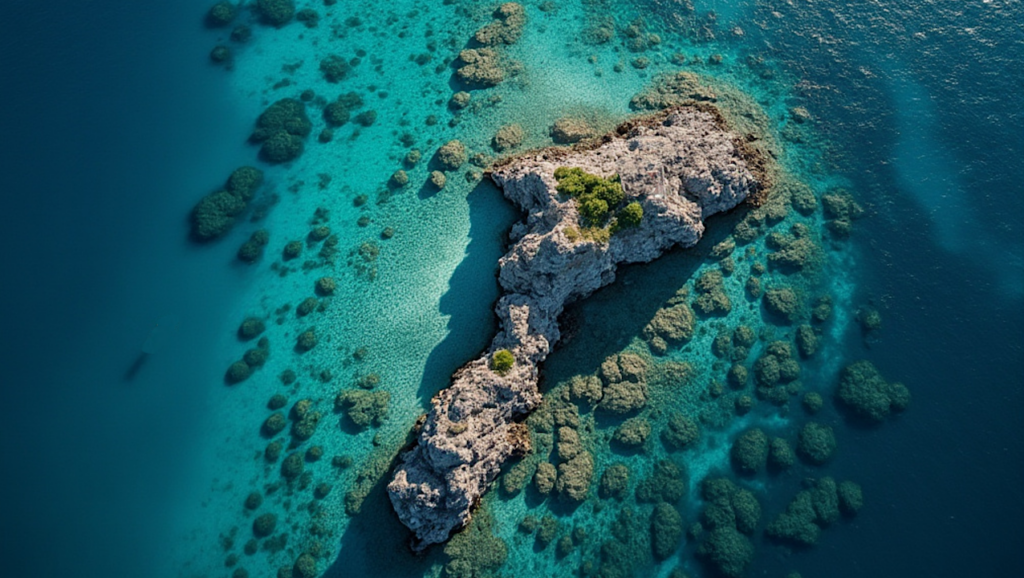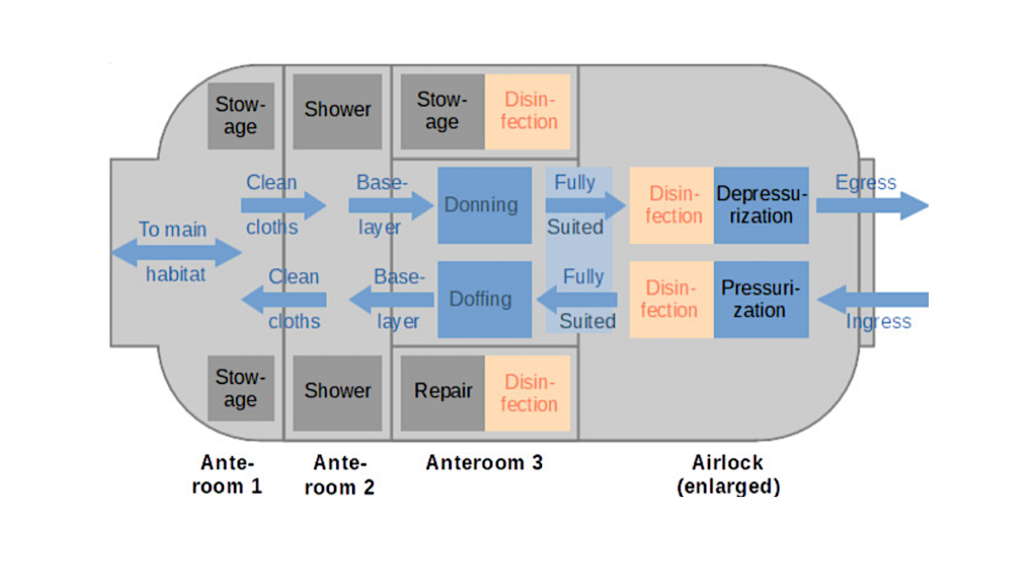An Atacama Desert Microbial Community As A Model For Astrobiology
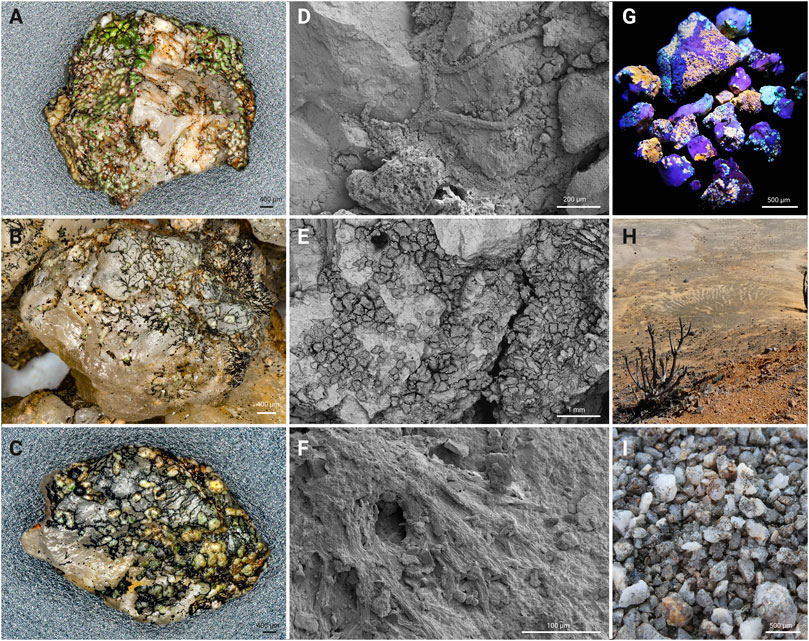
The grit crust is a recently discovered, novel type of biocrust made of prokaryotic cyanobacteria, eukaryotic green algae, fungi, lichens and other microbes that grow around and within granitoid stone pebbles of about 6 mm diameter in the Coastal Range of the Atacama Desert, Chile.
The microbial community is very well adapted towards the extreme conditions of the Atacama Desert, such as the highest irradiation of the planet, strong temperature amplitudes and steep wet-dry cycles. It also has several other striking features making this biocrust unique compared to biocrusts known from other arid biomes on Earth. It has already been shown that the grit crust mediates various bio-weathering activities in its natural habitat.
These activities prime soil for higher organisms in a way that can be envisioned as a proxy for general processes shaping even extra-terrestrial landscapes. This mini-review highlights the potential of the grit crust as a model for astrobiology in terms of extra-terrestrial microbial colonization and biotechnological applications that support human colonization of planets.
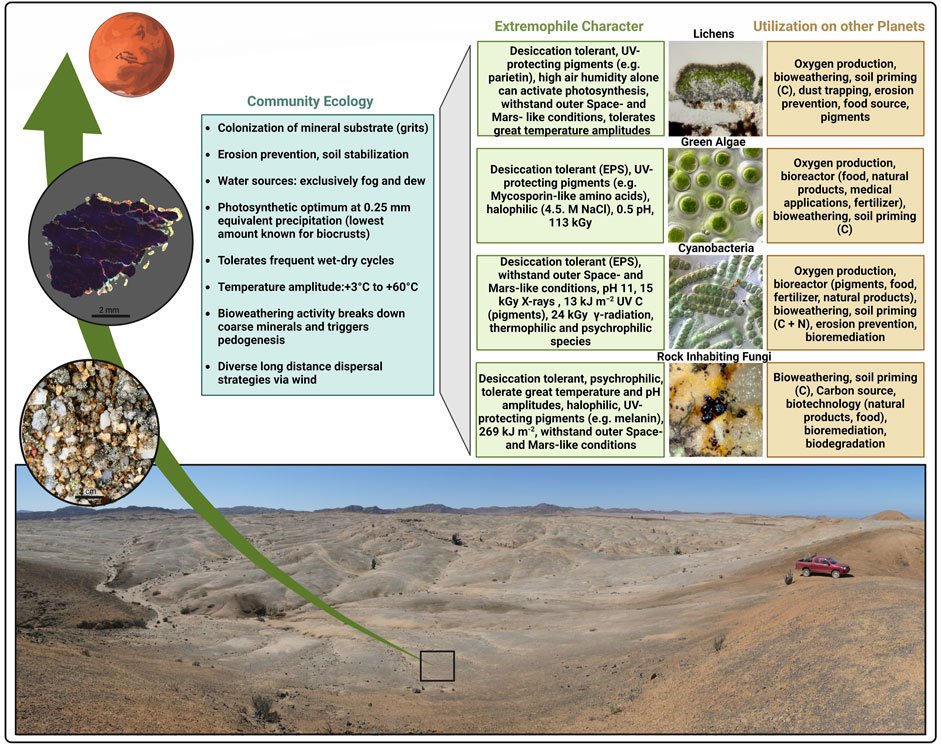
Ecology, extremophile character and possible applications of the grit crust in the context of astrobiology. The bottom picture shows the landscape of the coastal Atacama Desert with blackish patterns on the ground formed by a high microbial colonization degree. The bottom circle on the left shows a close-up photography of the ground with the grits colonized by diverse microbes such as lichens. The top circle shows a thin section of a single grit under the microscope using autofluorescence where fungal mycelium (lichens) appear whitish while algae appear red, which also colonize inner structures of the stone.
The grit crust: A poly-extremotolerant microbial community from the Atacama Desert as a model for astrobiology, Frontiers in Astronomy and Space Sciences


